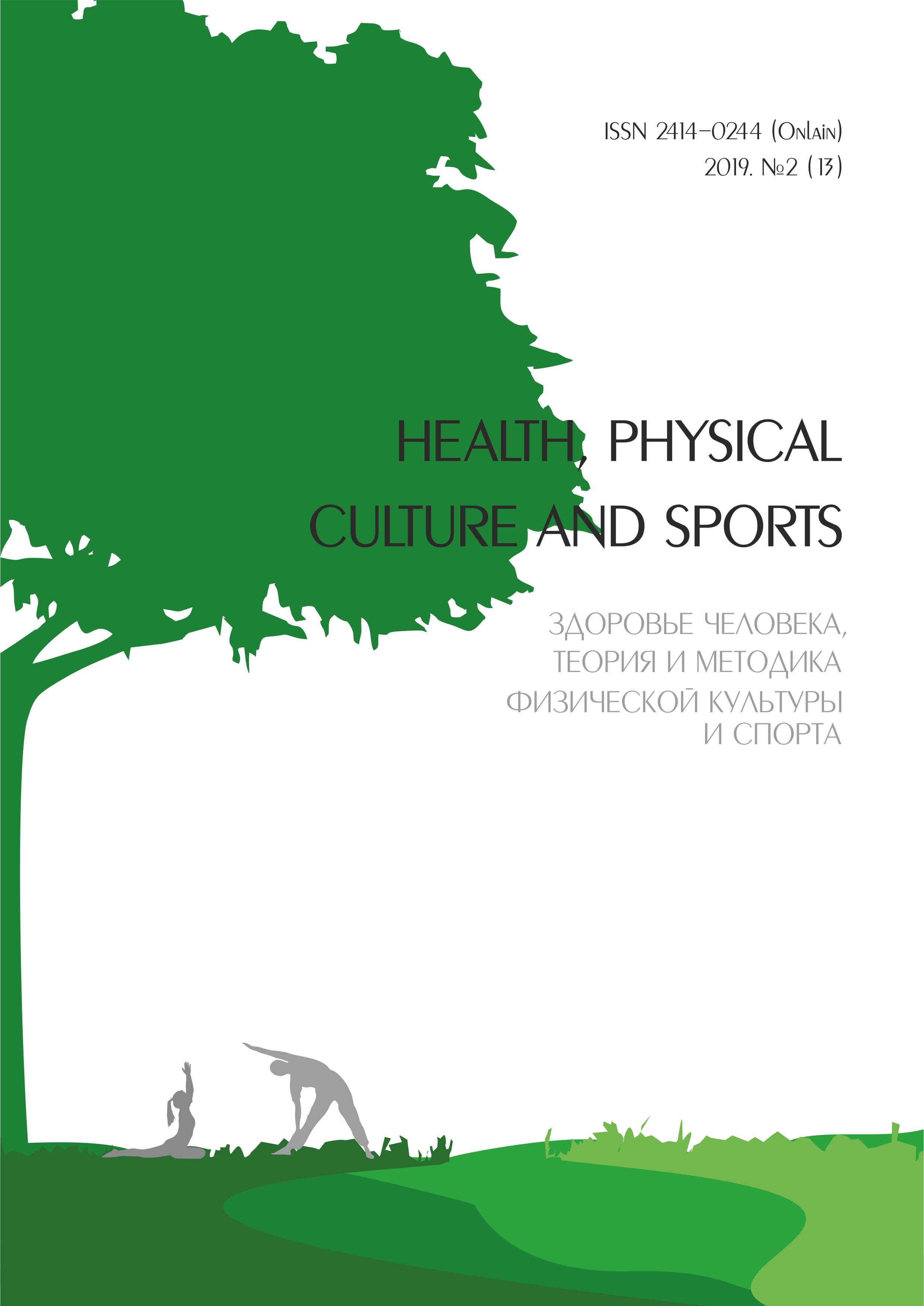Results of peripheral blood leukocyte phenotyping in blood donors in relation with concepts of mongolian traditional medicine on human constitution
Abstract
Concept of human body constitution is crucial philosophy of traditional Mongolian medicine. In accordance with this concept personal properties, or vital properties, or constitution of each human individual determined by presence of three abstraction substances, or humors so called Khii, Shar and Badgan. Association of these humors in certain person may be expressed as one of 3 single, 3 combined and 1 collected type. The study was aimed to establish relationship between types of human constitution used in Traditional Mongolian Medicine and immune phenotype pattern of peripheral blood white cells in relatively healthy subjects of Mongol nationality. Total 287 blood donors were investigated for testing of human constitution and count of peripheral blood white cells (MACSQuant Analyzer 10) such as total leukocytes (CD45+), granulocytes, monocytes, lymphocytes, Т (CD3+) and В (CD19+) lymphocytes, NK cells (CD3-CD56+), NKT cells (CD3+, TCRVa24-Ja18), CD3+CD56+ cells, CD4+ and CD8+ Т lymphocytes.
Results. Were found following combined types of human constitution: Khii-Shar in 66 (23%), Shar-Khii in 83(28.9%), Badgan Khii in 16 (5.6%), Khii-Badgan in 12(4.2%), Shar-Badgan in 57(19.9%) and Badgan-Shar in 53(18.5%) of donors. Mean value of CD8+ cells was significantly elevated in subjects with Khii-Badgan type and Mean value of CD4/CD8 ratio was significantly higher in Badgan dominant type subjects comparing with Khii dominant subjects. Count of CD4+ Т lymphocytes and CD4/CD8 ratio have a direct correlation with expression of Shar type. Expression of Khii type may have direct correlation with count of NKT cells.
Downloads
References
Holečko A. Nying Lung Disorder, or Tibetan Medicine Perspective on Depression. The Polish Journal of the Arts and Culture. 2015; 2: 29-41.
Kline AW. Tibetian psychiatry. Yoga journal. 1988 Sep-Oct:47-55, 86-88.
Shilpa S, Murthy V. Understanding personality from Ayurvedic perspective for psychological assessment: A case. AYU. 2011;32:12-18.
Barzul N. Correlation between constitution and types of higher nervous activity and anxiety. [Tesis]. 1998, Ulaanbaatar, National Medical University.
Ambaga M. The membrane - redox potentials three - state line system dependent - full 9 stepped cycle of proton conductance as the universal metabolic formula and the development of all medical thinking during last 3000 years. AJST. 2017;08(03):4485-4488.
Burmaa B. Biological age and human constitution used in traditional medicine in patients with coranary pathologies [Dissertation]. Health Sciences University of Mongolia 2010, Ulaanbaatar.
Batchimeg O. Logical and methodical aspects of general principles for prevention and dagnosis of diseases in traditional medicine. [Dissertation]. 2003, Ulaanbaatar, Health Sciences University of Mongolia.
Sachs R. Health for Life: Secrets of Tibetan Ayurv. New Mexico: Heartsfire book; 1995.
10. Sachs R. Tibetan Ayurveda: Health Secrets from the Roof of the World. Vermont: Healing Arts Press; 2001.
11. Tserentsoo T. In vitro effect of SCUTELLARIA BAICALENSIS GEORGI on liver cancer cell. Dissertation of PhD degree in Medicine. Mongolian National University of Medical Sciences. 2014, Ulaanbaatar.
Pham DP, Cha SW, Kim JY. Re-interpretation of traditional Asian medicine with constitutional perspective. Integr Med Res. 2013;1:1-6.
Wan Q, Ren XJ, Yao SL, Wu HD. Clinical Observation on the Endocrinal and Immune Functions in Subjects with Yin-deficiency Constitution. Clin J Integr Med. 2010;16(1):28-32.
Kim HK, Lee HT, So JH, et al. Energy metabolism and whole-exome sequencing based analysis of Sasang constitution: a pilot study. Integr Med Res. 2017;6:165-178.
Sohn KW, Jeong AS, Yoon MY, et al. Genetic Characteristics of Sasang Typology: A Systematic Review. JAMS. 2012;5(6):271-289.
Arya PY. Physiology of the humours and Constituents. From "The essentials of Gyud-Shi". Tibetan Medicine Education Center; Oct. 2018.
Bayarsaikhan O, Chimedtseren S, Badamjav S, Tserendagva D, Tsend-Ayush D, Tsogtsaikhan S. Blood Donors with Different Types of Human Constitution Demonstrate Different Level of Cytokines. CAJMS. 2018;4(2):126-135.
Bayarsaikhan O, Li Y, Tsend-Ayush D, Badamjav S, Tserendagva D, Tsogtsaikhan S. Distribution of Human Constitutional Types Used In Traditional Mongolian Medicine among Patients with Chronic Hepatitis B. Gastroint Hepatol Dig Dis. 2018;1(3):1-6.
The basics CD4 and viral load. www.aidsmap.com/v634665446220730000/file/1050016/CD4_and_viral_load_pdf.pdf, 2018 May
- статья : Цэндсурэн Сампил ,Хонгорзул Тогоо, Гансух Чойжилсурэн, Эрдэнэбаяр Намжил, Цэнд-Аюуш Дамба, Батбаатар Гунчин, Нямбаяр Дашцоодол (Монгольского национального университета медицинских наук) (Русский)
- статья : Цэндсурэн Сампил ,Хонгорзул Тогоо, Гансух Чойжилсурэн, Эрдэнэбаяр Намжил, Цэнд-Аюуш Дамба, Батбаатар Гунчин, Нямбаяр Дашцоодол (Монгольского национального университета медицинских наук) (Русский)
Copyright (c) 2019 Health, physical culture and sports

This work is licensed under a Creative Commons Attribution-NonCommercial 4.0 International License.
An author should not normally publish manuscripts describing essentially the same research in multiple journals or publication venues. Such redundant publication is generally considered to constitute unethical publishing behavior, and if discovered may result in a manuscript under consideration being rejected, or a published article being retracted.
Authors of manuscripts reporting on original research should present an accurate account of the work performed, accompanied by an objective discussion of its significance. Underlying data should be represented accurately in the manuscript. The manuscript should contain sufficient detail and references to permit others to replicate the work. The fabrication of results and the making of fraudulent or knowingly inaccurate statements constitute unethical behavior and may be cause for rejection or retraction of a manuscript or published article.





